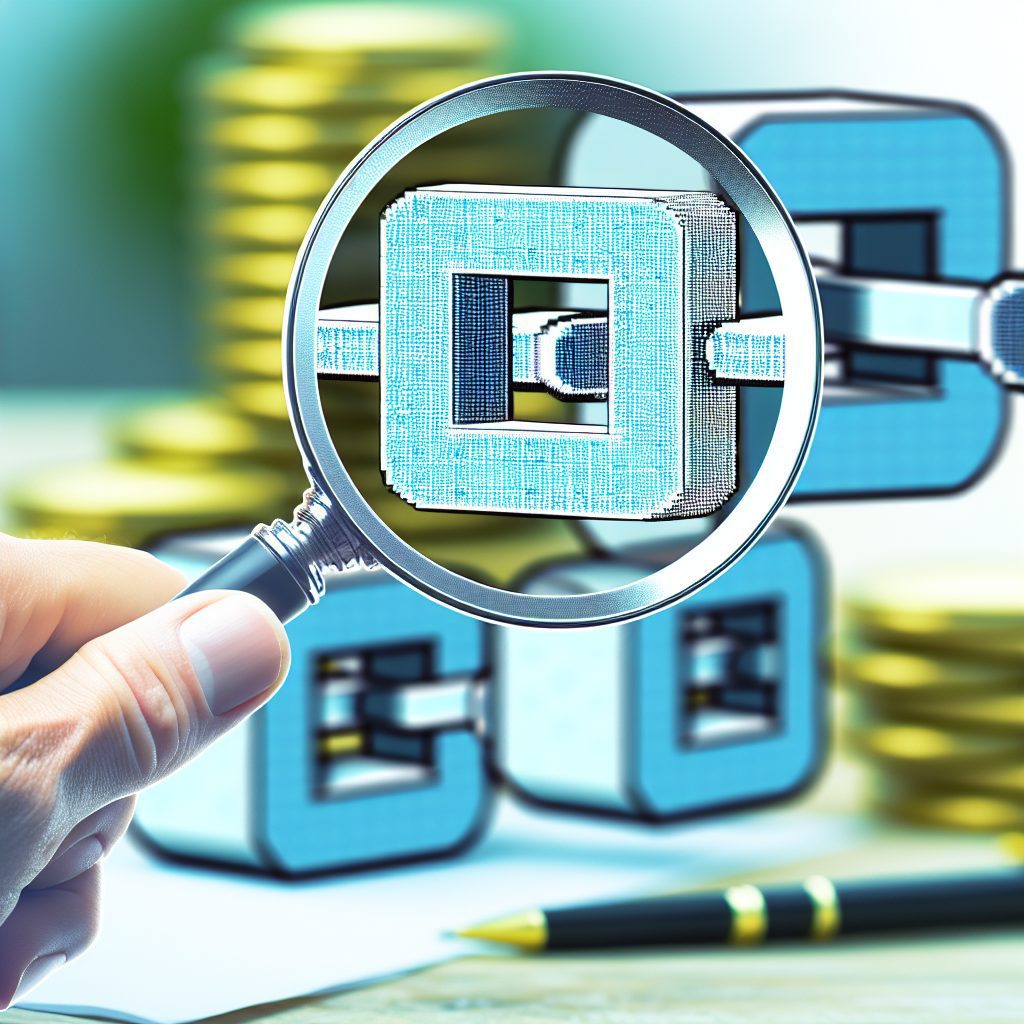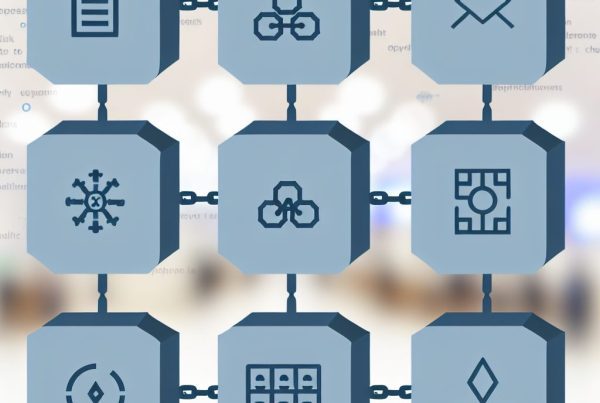How to Use a Blockchain Explorer
In the world of cryptocurrency, transparency and traceability are paramount. Blockchain explorers serve as essential tools that allow users to navigate the complex web of transactions and data on various blockchain networks. Whether you are a seasoned trader or a newcomer to the crypto space, understanding how to use a blockchain explorer can significantly enhance your ability to track transactions, verify information, and make informed decisions.
What is a Blockchain Explorer?
A blockchain explorer is a web-based tool that provides a user-friendly interface for viewing and searching the blockchain. It allows users to access detailed information about blocks, transactions, addresses, and other data stored on the blockchain. Each blockchain has its own explorer, tailored to its specific architecture and data structure.
For example, Bitcoin has several explorers like Blockchain.com and Blockchair, while Ethereum can be explored using Etherscan. These tools are invaluable for anyone looking to understand the flow of cryptocurrency and the underlying technology.
Why Use a Blockchain Explorer?
Using a blockchain explorer offers numerous benefits, including:
- Transaction Tracking: Users can track the status of their transactions in real-time.
- Verification: Confirm the legitimacy of transactions and ensure that funds have been sent or received.
- Address Monitoring: Check the balance and transaction history of any public address.
- Block Information: Access details about specific blocks, including timestamps, miner information, and transaction counts.
- Network Insights: Gain insights into network activity, including transaction volume and average fees.
How to Use a Blockchain Explorer: A Step-by-Step Guide
Step 1: Choose the Right Explorer
Depending on the cryptocurrency you are interested in, select an appropriate blockchain explorer. For instance:
- Bitcoin: Use Blockchain.com or Blockchair.
- Ethereum: Use Etherscan.
- Litecoin: Use Blockchair.
Step 2: Search for Transactions or Addresses
Once you have selected an explorer, you can search for specific transactions or addresses. Most explorers have a search bar prominently displayed on their homepage. You can enter:

- A transaction ID (TXID)
- A wallet address
- A block number
For example, if you want to check the status of a Bitcoin transaction, simply enter the TXID into the search bar of your chosen explorer.
Step 3: Analyze Transaction Details
After entering your search query, you will be directed to a page displaying detailed information about the transaction or address. Key details typically include:
- Transaction Status: Confirm whether the transaction is pending, confirmed, or failed.
- Block Height: The block number in which the transaction was included.
- Timestamp: The date and time when the transaction was processed.
- Sender and Receiver Addresses: The public addresses involved in the transaction.
- Transaction Fee: The fee paid to miners for processing the transaction.
Step 4: Explore Additional Features
Many blockchain explorers offer additional features that can enhance your experience:
- Address Balance: View the current balance of any public address.
- Transaction History: Access a complete history of transactions associated with an address.
- Network Statistics: Monitor real-time data about the network, such as hash rate and transaction volume.
Understanding Blockchain Data
To effectively use a blockchain explorer, it’s essential to understand the data you encounter. Here are some key terms and concepts:
- Block: A collection of transactions that are confirmed and added to the blockchain.
- Transaction ID (TXID): A unique identifier for each transaction.
- Hash Rate: The speed at which a blockchain network processes transactions.
- Miner: A participant in the network who validates transactions and adds them to the blockchain.
Real-World Use Cases of Blockchain Explorers
Blockchain explorers are not just tools for enthusiasts; they have practical applications in various industries. Here are some notable use cases:
1. Financial Auditing
Companies can use blockchain explorers to audit their financial transactions. By verifying transaction histories, businesses can ensure compliance with regulations and maintain transparency with stakeholders.
2. Supply Chain Management
In supply chain management, blockchain explorers can track the movement of goods. Companies can verify the authenticity of products and ensure that they are sourced ethically.
3. Fraud Prevention
Blockchain explorers can help identify fraudulent activities by allowing users to trace suspicious transactions. This capability is particularly useful in combating money laundering and other illicit activities.
Common Questions About Blockchain Explorers
What is the difference between a public and private blockchain explorer?
A public blockchain explorer allows anyone to view transaction data on a public blockchain, such as Bitcoin or Ethereum. In contrast, a private blockchain explorer is used for private blockchains, where access is restricted to authorized users only.
Can I use a blockchain explorer on my mobile device?
Yes, many blockchain explorers are mobile-friendly or have dedicated apps that allow users to access blockchain data on the go.
Are blockchain explorers secure?
While blockchain explorers themselves are generally secure, users should be cautious about sharing sensitive information. Always ensure you are using a reputable explorer to avoid phishing scams.
How often is blockchain data updated?
Blockchain data is updated in real-time as new blocks are added to the chain. Most explorers reflect these updates almost instantly.
Conclusion
Understanding how to use a blockchain explorer is a vital skill for anyone involved in the cryptocurrency industry. These tools provide transparency, enhance security, and empower users to make informed decisions. By following the steps outlined in this guide, you can effectively navigate the blockchain and leverage its capabilities to your advantage.
For the latest news and updates in the cryptocurrency space, consider visiting Bitrabo. Stay connected with me on social media for more insights: X, Instagram, and Threads.
Disclaimer: The information provided in this article is for educational purposes only and should not be considered financial advice. Always conduct your own research before making investment decisions.
The Crypto Watchlist of the Week 🔎
Subscribe to receive expert-curated projects with real potential—plus trends, risks, and insights that matter. Get handpicked crypto projects, deep analysis & market updates delivered to you.


